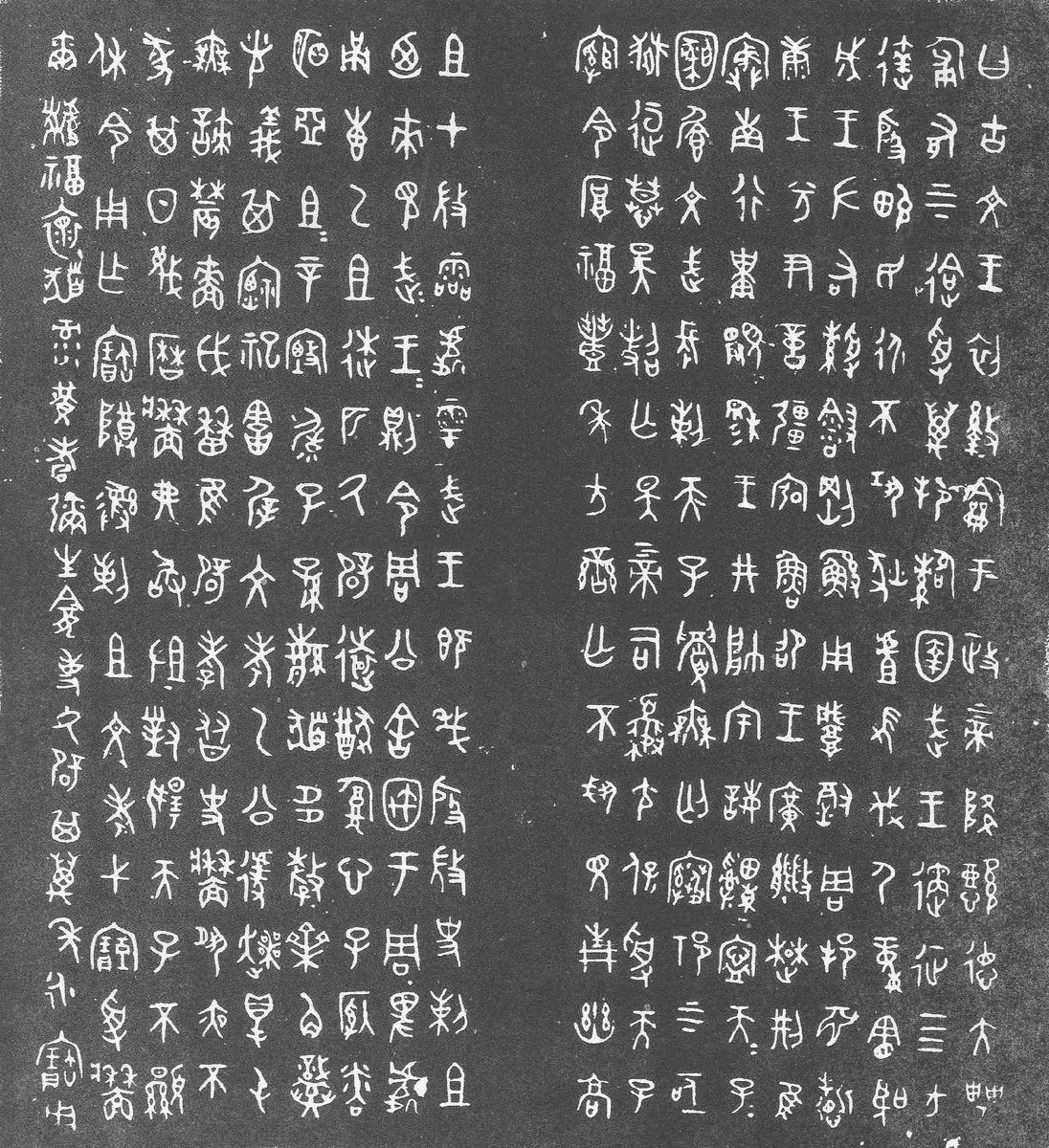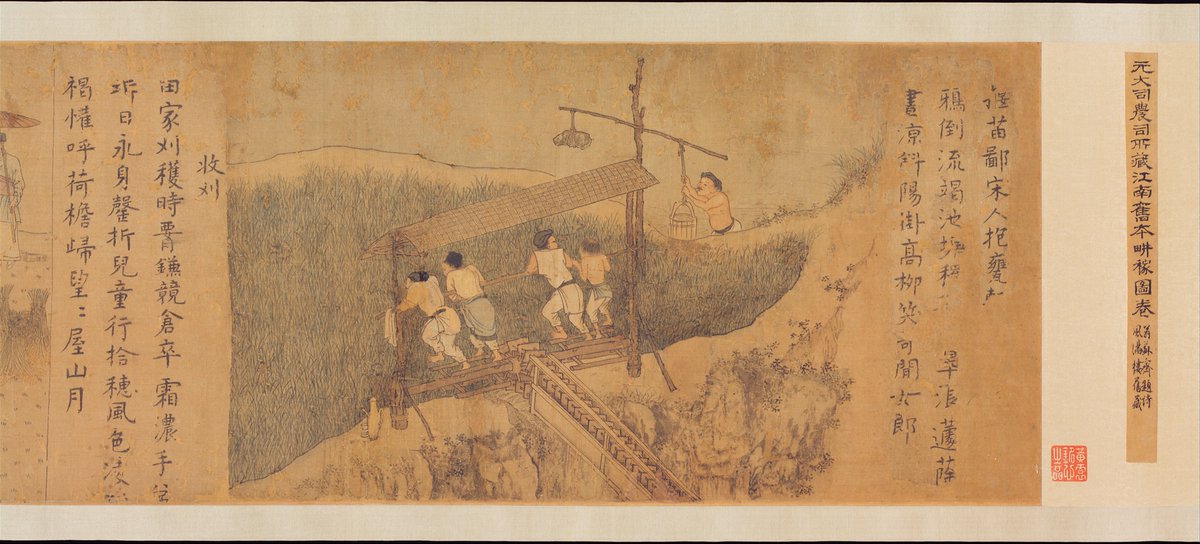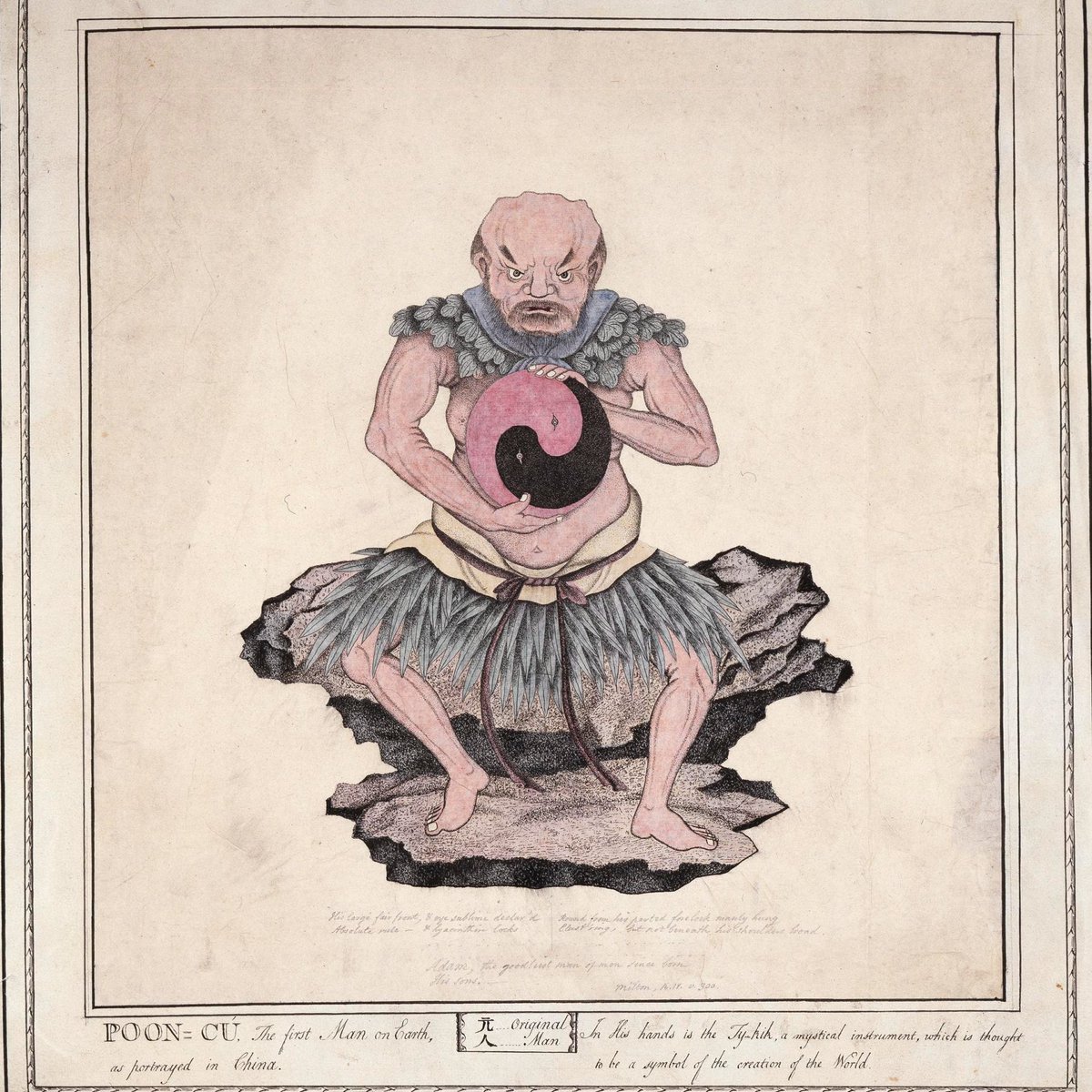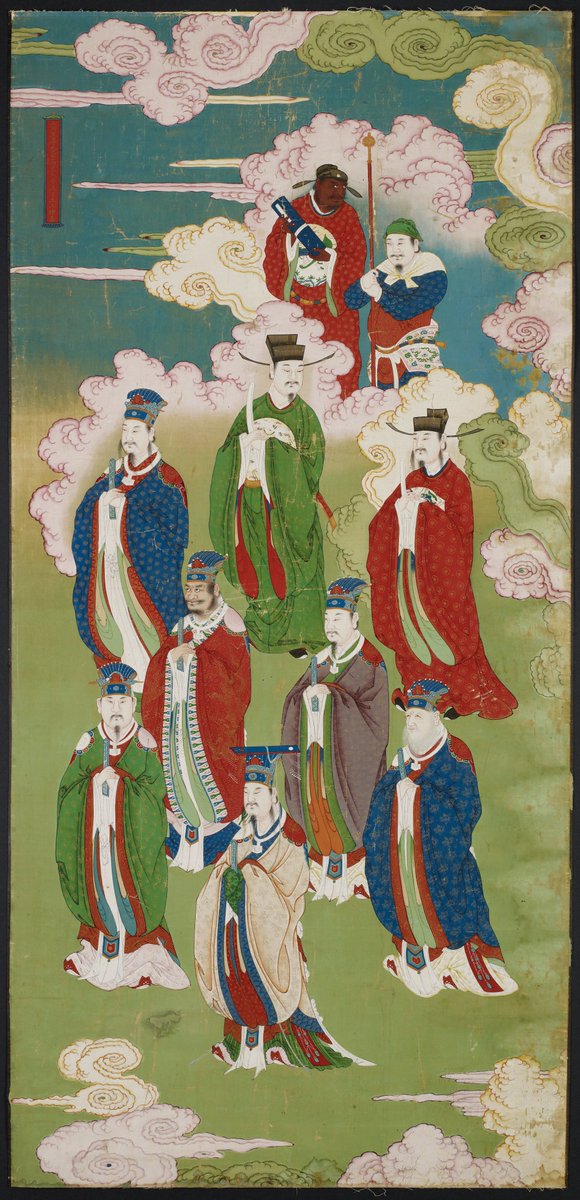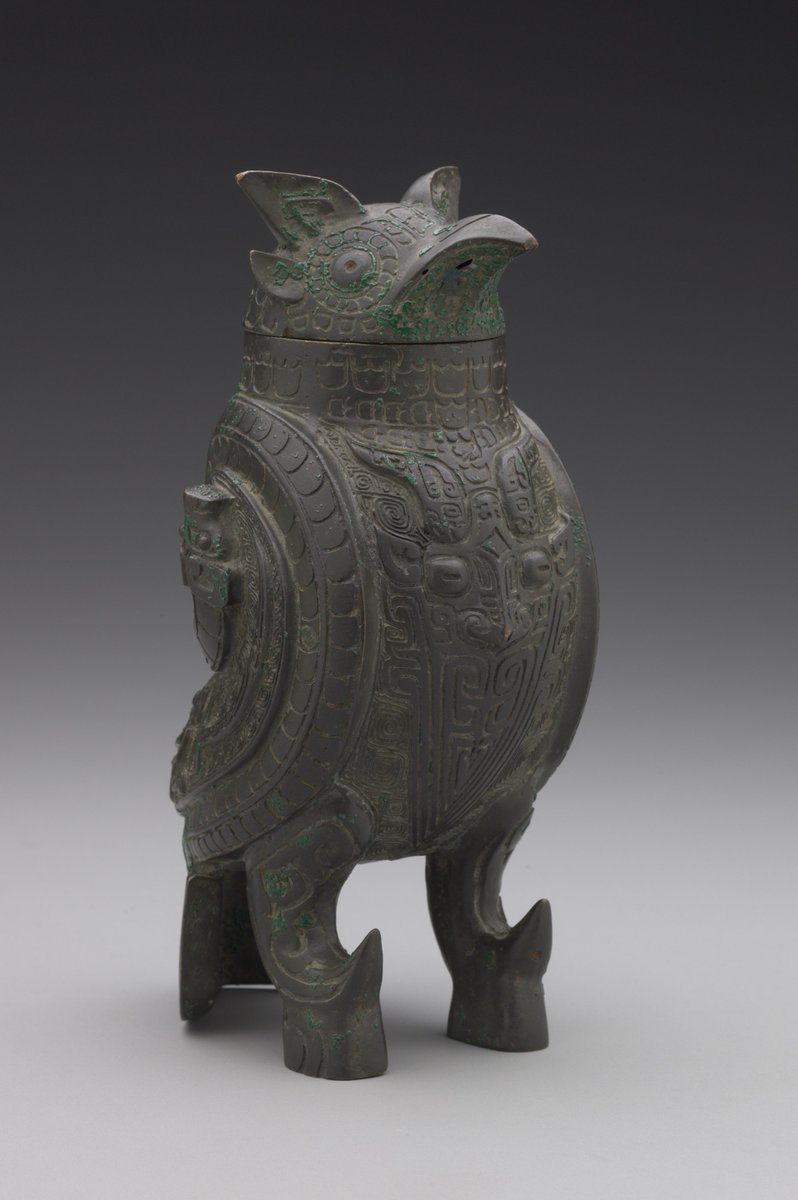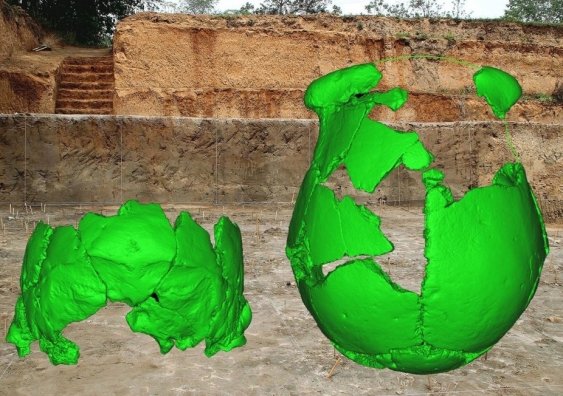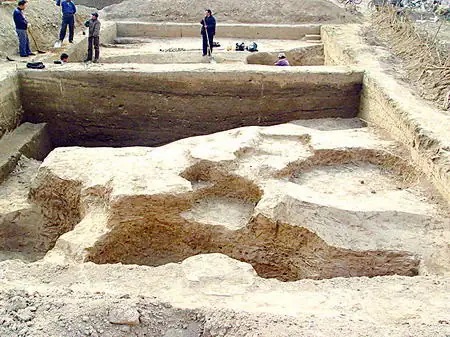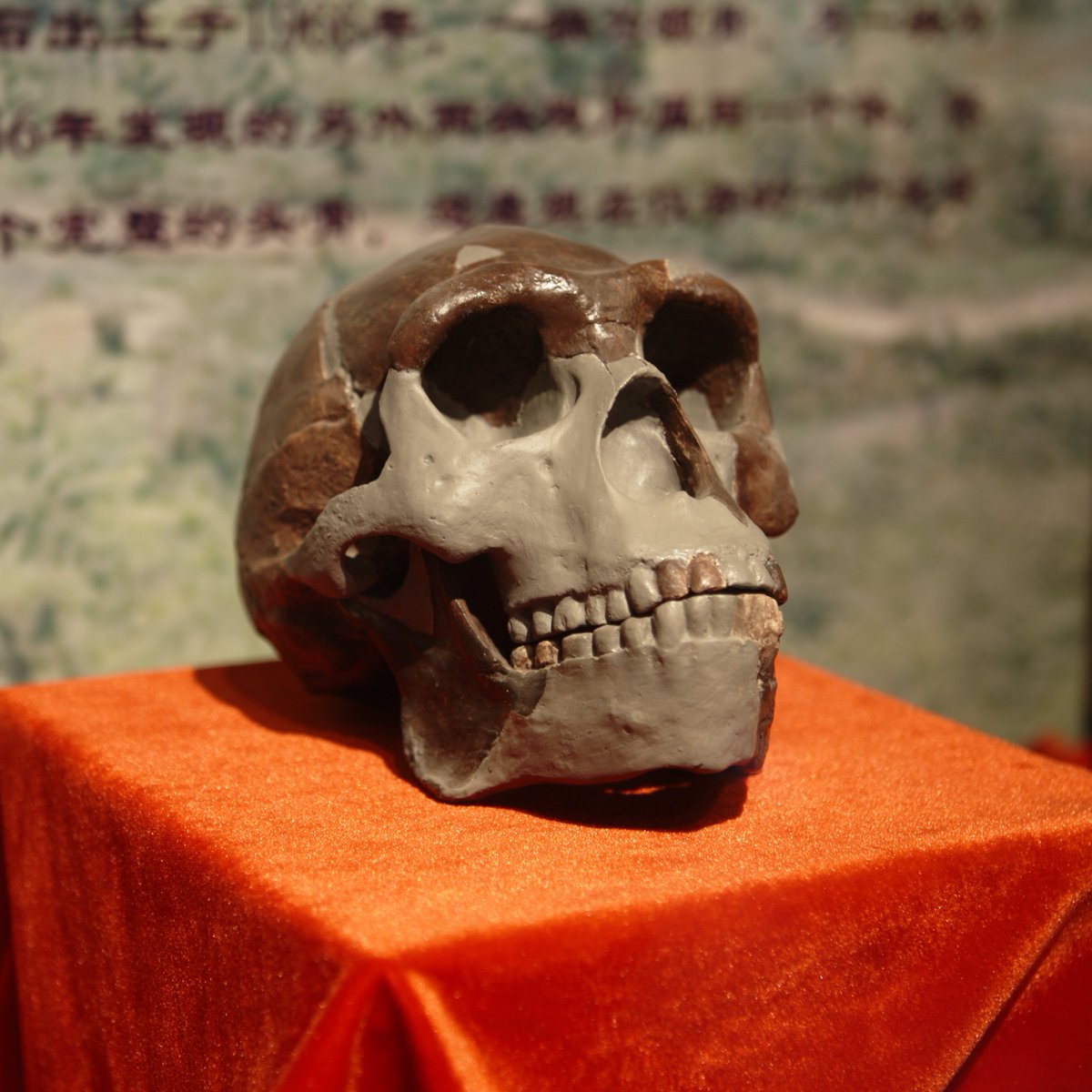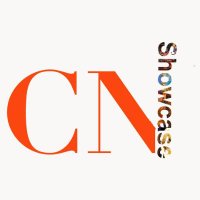
ChinaShowcase
@ChinaShowcase
Bring you fascinating cultures, interesting history facts, exciting experiences, more fun and joy into your life.
ID:1083014684901601282
https://www.youtube.com/@chinashowcase 09-01-2019 14:56:37
745 Tweets
1,2K Followers
540 Following








Longshan culture found 'Longshan giants' in 2017, some reaching 180-190 cm. Diet credited for their height. By 2020, average height of 19-year-old Chinese males rose to 175.7 cm, continuing trend. In 30 years, contemporary heights may match those of ancient giants. #AncientGiants
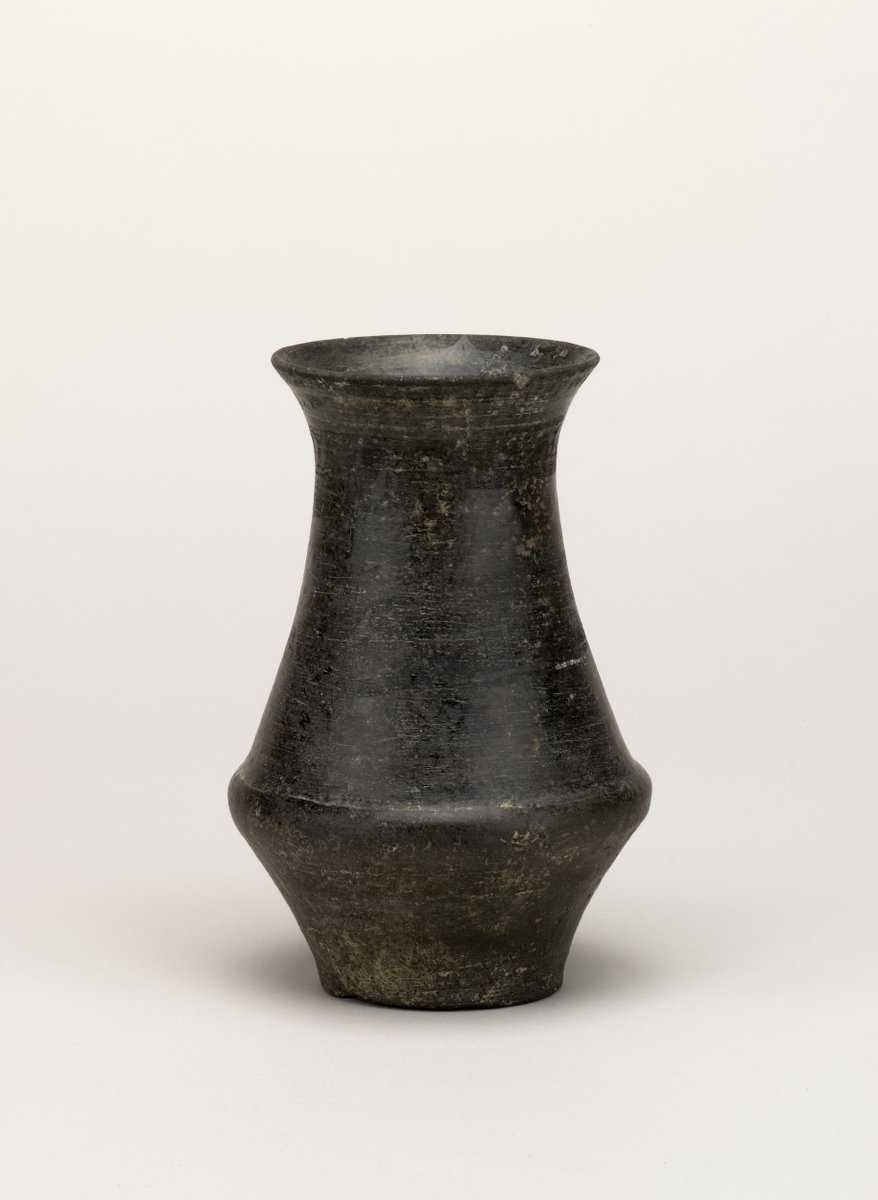



During the Neolithic period, the Hongshan culture in northeastern China coexisted with the Yangshao culture along the Yellow River. The Hongshan people cultivated millet and practiced pig farming, shaping China's pork consumption legacy. #NeolithicChina #HongshanCulture


The presence of a jar depicting a stork catching fish, with a stone axe below, indicates that the Yangshao culture, an influential Neolithic society along the Yellow River, integrated farming with fishing and hunting. #YangshaoCulture #Neolithic #YellowRiver #Farming #art




#AncientChineseBeliefs : The Chu Silk Manuscript, dating back to around 300 BC, unveils ancient Chinese beliefs about the universe's origin. It illustrates chaos & darkness preceding creation, emphasizing the pivotal role of qi, the essence of all things, in shaping the universe.





The inscriptions on bronze artifacts from the Western Zhou Dynasty often detail significant historical events. Notably, the depicted plate provided historians with the first well-documented sequence of the era's kings. #History #BronzeInscriptions #HistoricalRecords
